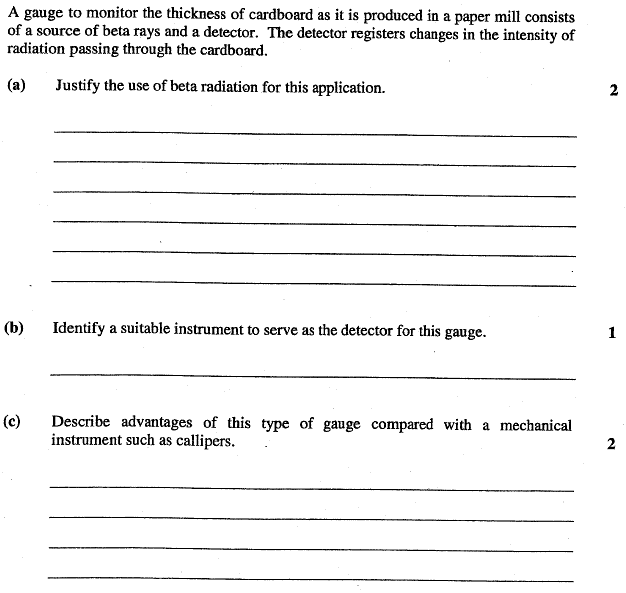nightweaver066
Well-Known Member
- Joined
- Jul 7, 2010
- Messages
- 1,585
- Gender
- Male
- HSC
- 2012
Re: HSC 2012 Chemistry Marathon
Reminds me of physics; Haven't seen kWh for a while now.. hahaThis is the weirdest question (for Chemistry) that I've seen to date - like, it's not really HSC but LOL



